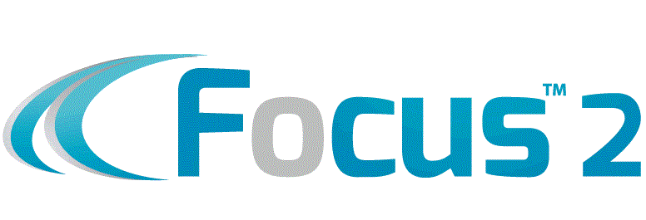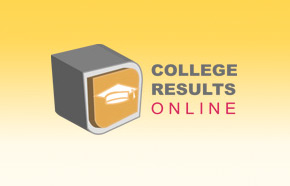House passes bill to expand college aid for students
The House passes a bill to expand college aid for students, is this a good thing or a ploy to enslave college graduates with billions of dollars of debt?
A bill passed by the House of Representatives will increase the maximum Pell Grant by hundreds of dollars but will change Federal Perkins Loans so that loans will begin accruing interest while students are still in school.
The measure, passed Sept. 17 and known as the Student Aid and Fiscal Responsibility Act, will oust private lenders from the federal college loan business and require all schools to switch to the federal Direct Loan Program by July 1, 2010.
Direct Loans are low-interest federal loans for students and parents that help pay for the cost of a student’s education. The lender is the U.S. Department of Education — rather than a bank or other financial institution.
The bill will now move to the Senate where it is expected to pass.
Larry Chambers, director of student financial services, said he is not convinced the removal of private lenders will result in substantial benefits for students.
“Having both direct lending and the Stafford Loan programs has fostered competition, enhanced services and provided students with choice,” Chambers said. “With only one lender — the federal government — students will no longer have a choice of a lender.”
Chambers said new changes being made to the Federal Perkins Loan will leave college students with more loans that begin accruing interest immediately.
Freshman Adam Melnick said loans that immediately start building interest, often known as unsubsidized loans, make life harder for students.
“We’re not making real money as undergraduates, so it’s hard to chip away at what we owe,” Melnick said. “Then when we graduate, the interest has already blown our debt through the roof.”
Proponents of the bill, however, point to the introduction of variable interest rates as proposed by the SAFRA. After college, the lenders’ interest rates will vary depending on their financial standing. Individuals with a low-income will not be subjected to higher interest rates.
Chambers said the bill would increase the current maximum Pell Grant from $5,350 to $5,550 during the 2010-11 school year, and by 2019, the Pell Grant scholarship should grow to $6,900. Pell grant eligibility is for families that make $50,000 or less annually.
While all this talk of reform is good and long overdue, let’s not lose sight of the bigger picture which is first getting our child into the best college they can get into and minimize the financial burden. This includes maximizing the amount of financial aid that our student can qualify for as well as limiting the amount of student loans upon which they graduate.
There are specific strategies that can be employed that can A. give our student the most financial aid possible, B. minimize the amount of student loans and C. help our child select a career that is best fit for him/her and find colleges that are typically generous with deep pockets. If you would like to discuss these strategies call our office at 1-888-237-2087 ext. 2 or if you have not attended a workshop come on out.





